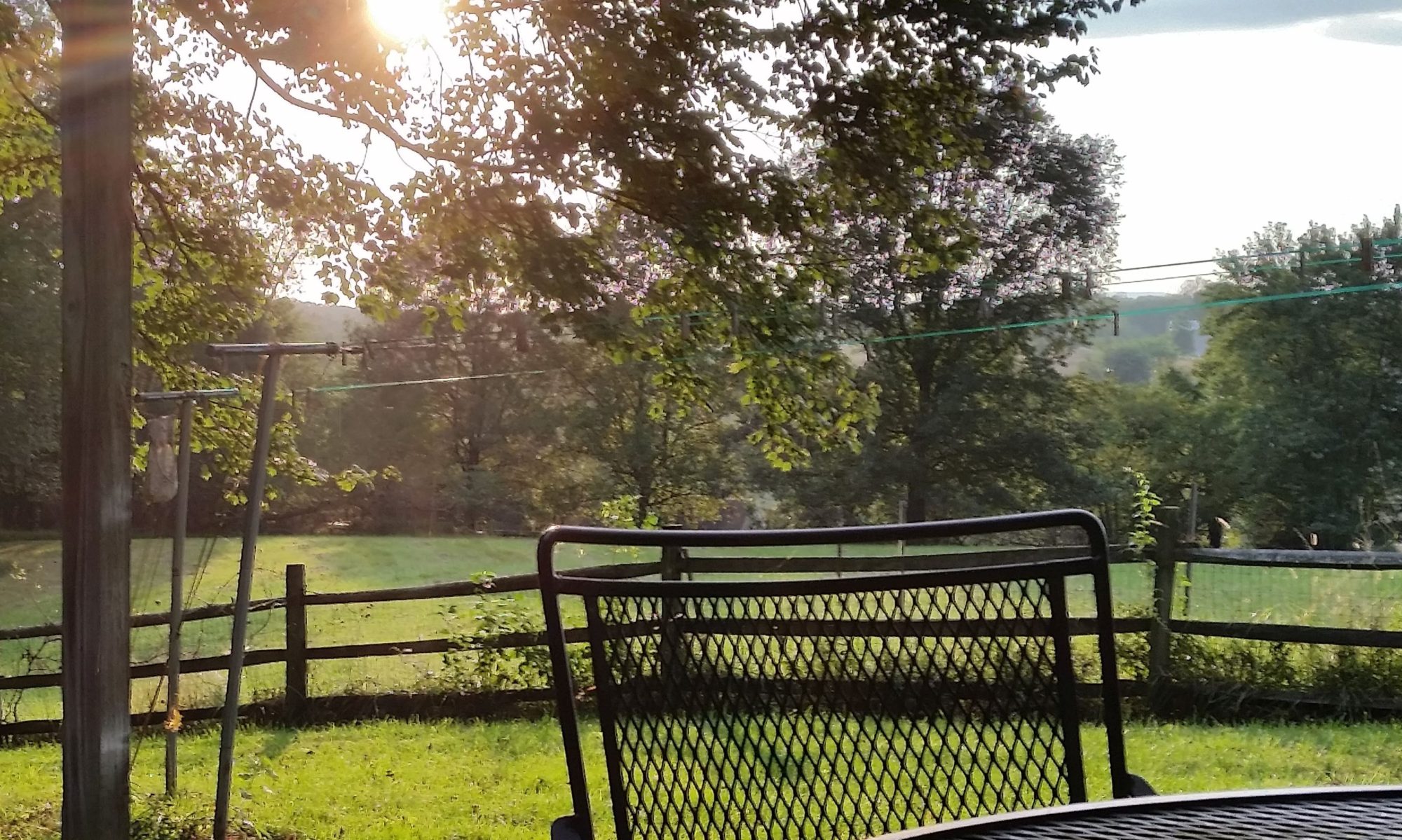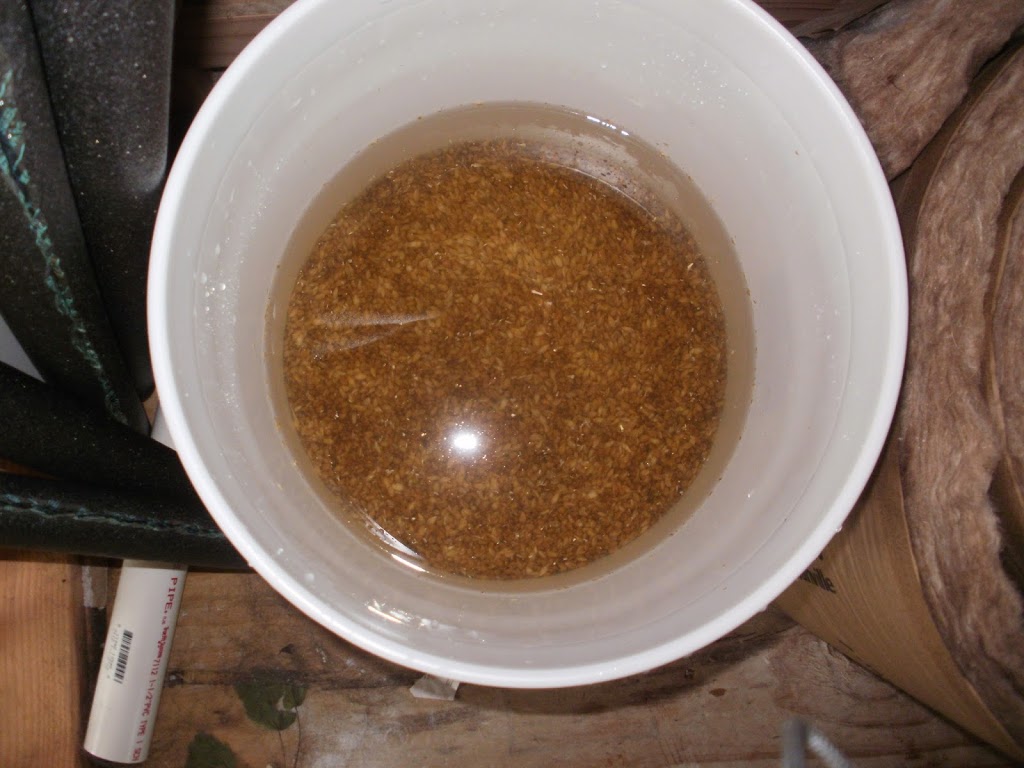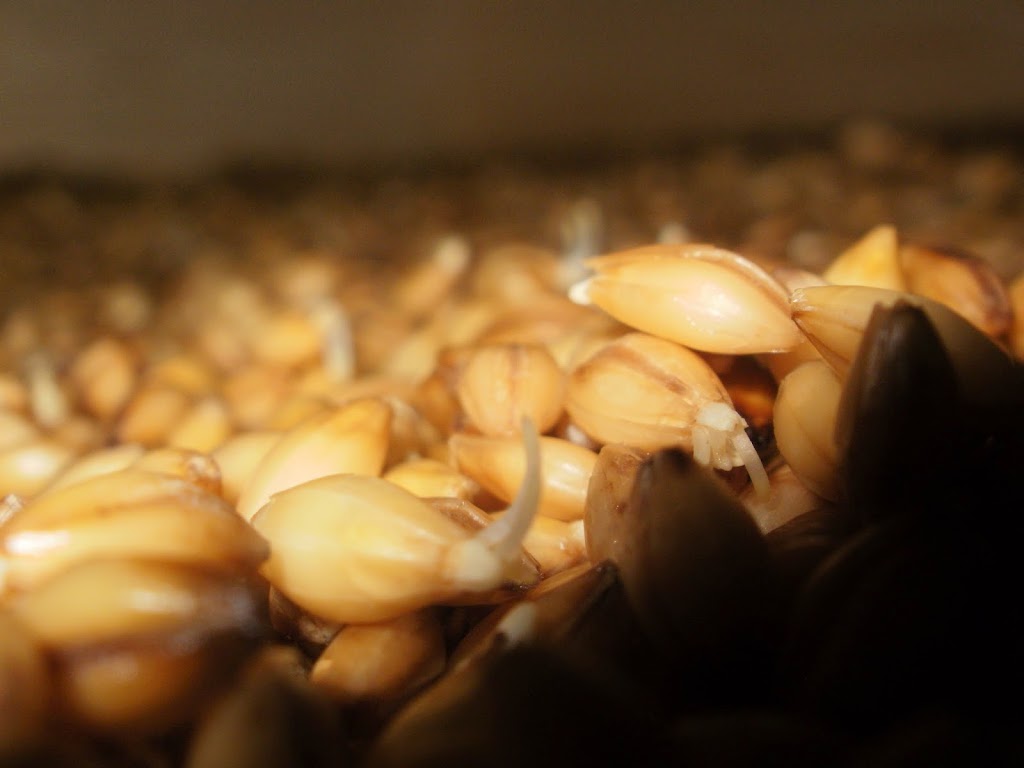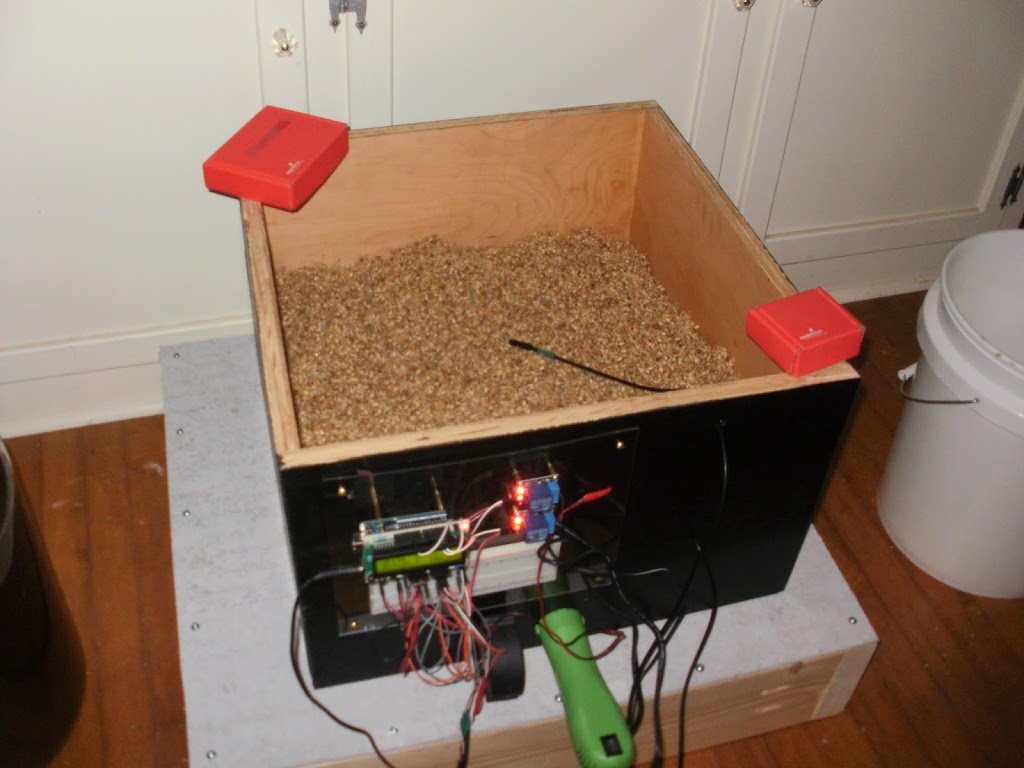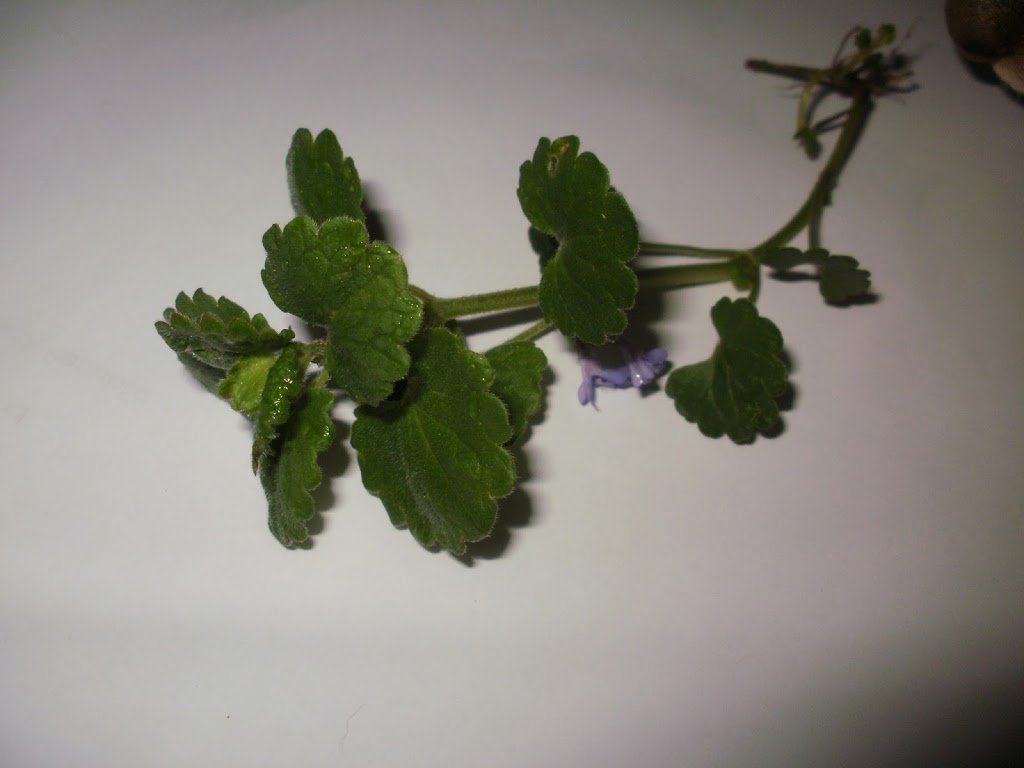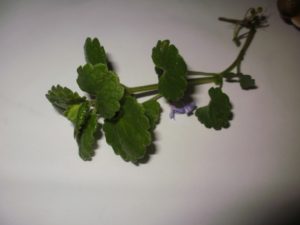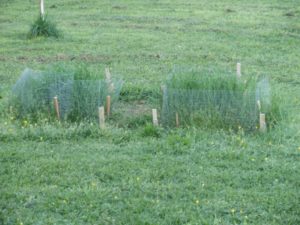Well, things are rolling around to springtime again, so it’s been out to the garden/field for me. It looks as though my Maris Otter barley has survived the winter; with a few more sunny days, it should pop up fairly quickly. My hops also appear to have survived, at least mostly: the Cascades and Willamettes are already full of shoots, and there appear to be at least a couple of shoots from the Sterlings and Magnums. The “retired” Cascades are set to go berserk this year, as well.
As a bit of insurance, I ordered one of each type of rhizome this year from Midwest Supplies; they arrived earlier this week, and I got them into the ground yesterday. The Sterlings and Magnums went to supplement last year’s, and the Cascade and Willamette went into new areas by a fence between my back yard and the “back field”. I’ll let them climb on the fence, for this year, then put up poles for them in the fall, for next year.
I’ve got to say, also, if you’re going to order rhizomes, go through Midwest. I’m not affiliated, yada yada; I’m just exceptionally happy with the rhizomes I got this year. Last year’s, from another source, were kind of wimpy; they looked like they’d been out of the ground for a while, and might not have been viable. (They’re hops, and tenacious; at least one of each variety survived long enough to put up shoots; I had deer problems…) The ones this year were sizable, and had at least six or seven shoots on each rhizome. (The Magnums had probably a dozen, and the rhizome itself was thicker than my thumb!) Yes, they’ll be establishing roots, this year, but I’m confident that if I can keep the critters away, they’ll be productive next year.
I also managed to sow my Bere, Hana, and Sprat barley, with another test-planting of volunteer wheat. It’s year 3 for the Bere, so I’m reasonably confident in it; I hope to double my yield of Hana, this year–I might have gotten 50g from the 5g sown, last year. This is year 1 for the Sprat; we’ll see how it goes.
I’ve got a few other things going plant-wise, right now, as well… New blackberry plants, in a location hopefully relatively safe from the deer. I’ve got some hazelnut seedlings in, and hope to be able to “play” with those in a few years. My apple trees are all budded out nicely, and the cherry trees are looking to follow suit–in a week or two, I expect the orchard area to be awash in white and pink petals. Plans are afoot to get some beehives; their location is selected, and if things to go plan, I’ll get the bees next spring. Things are moving along!
